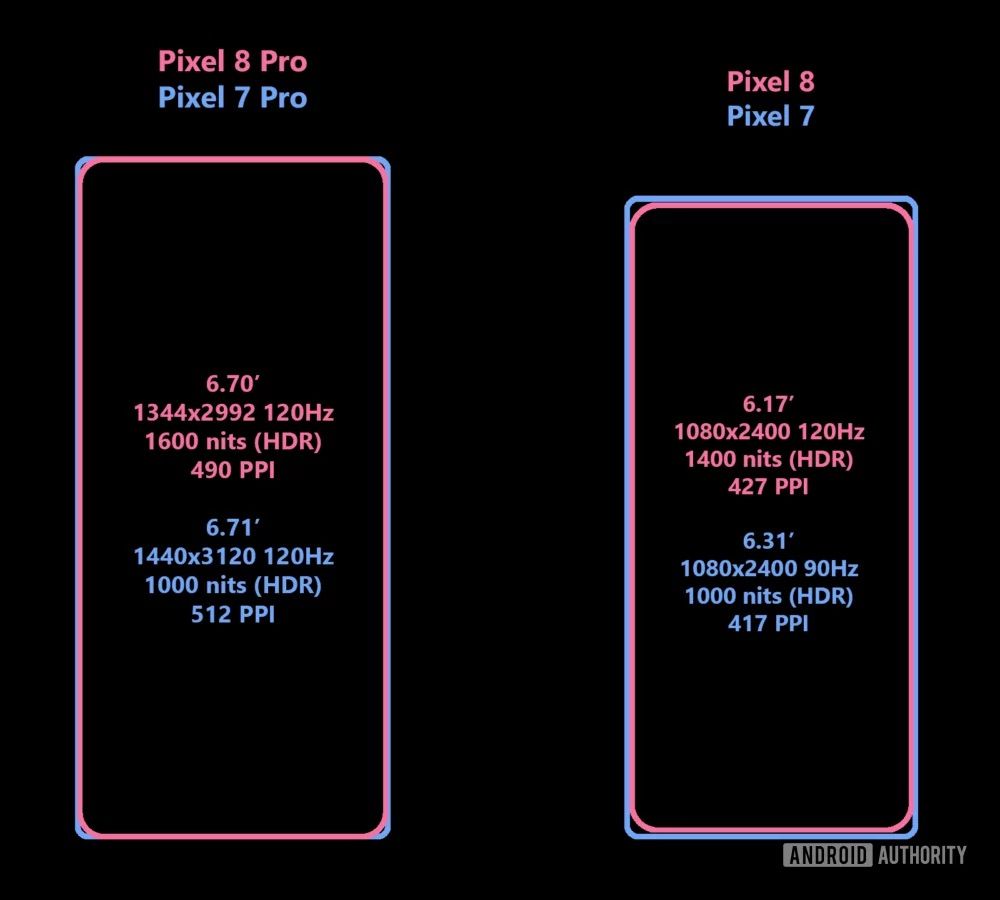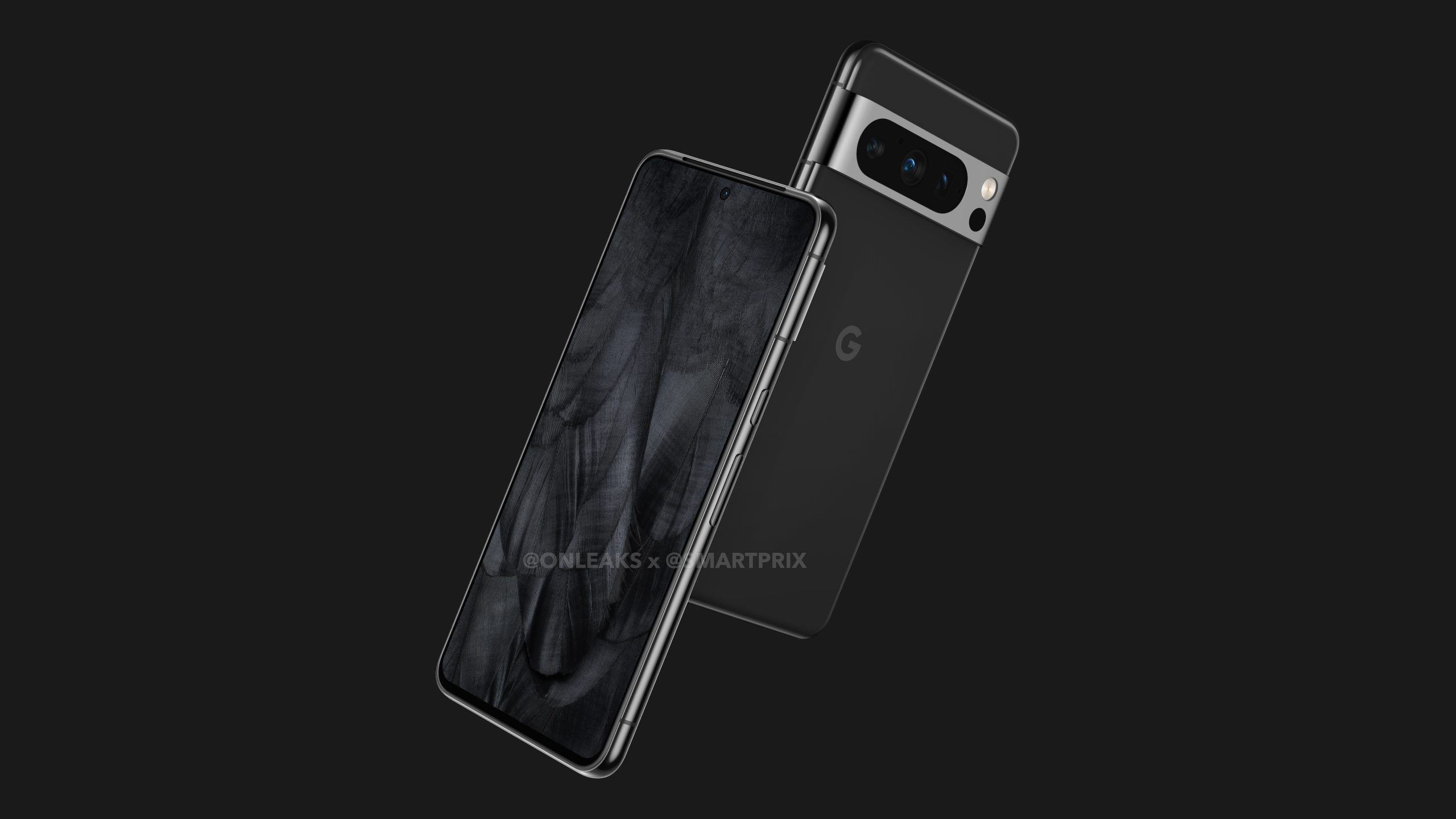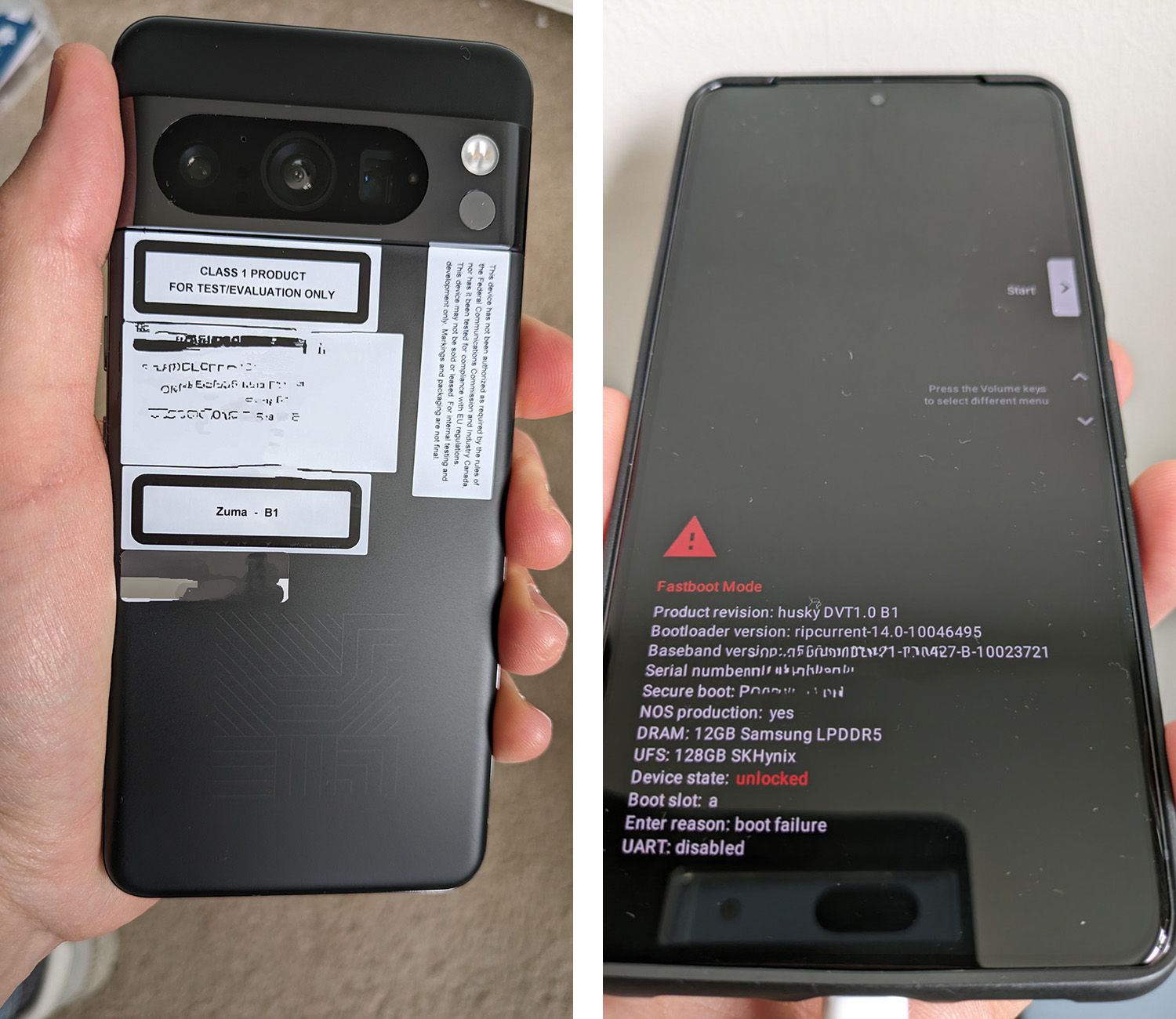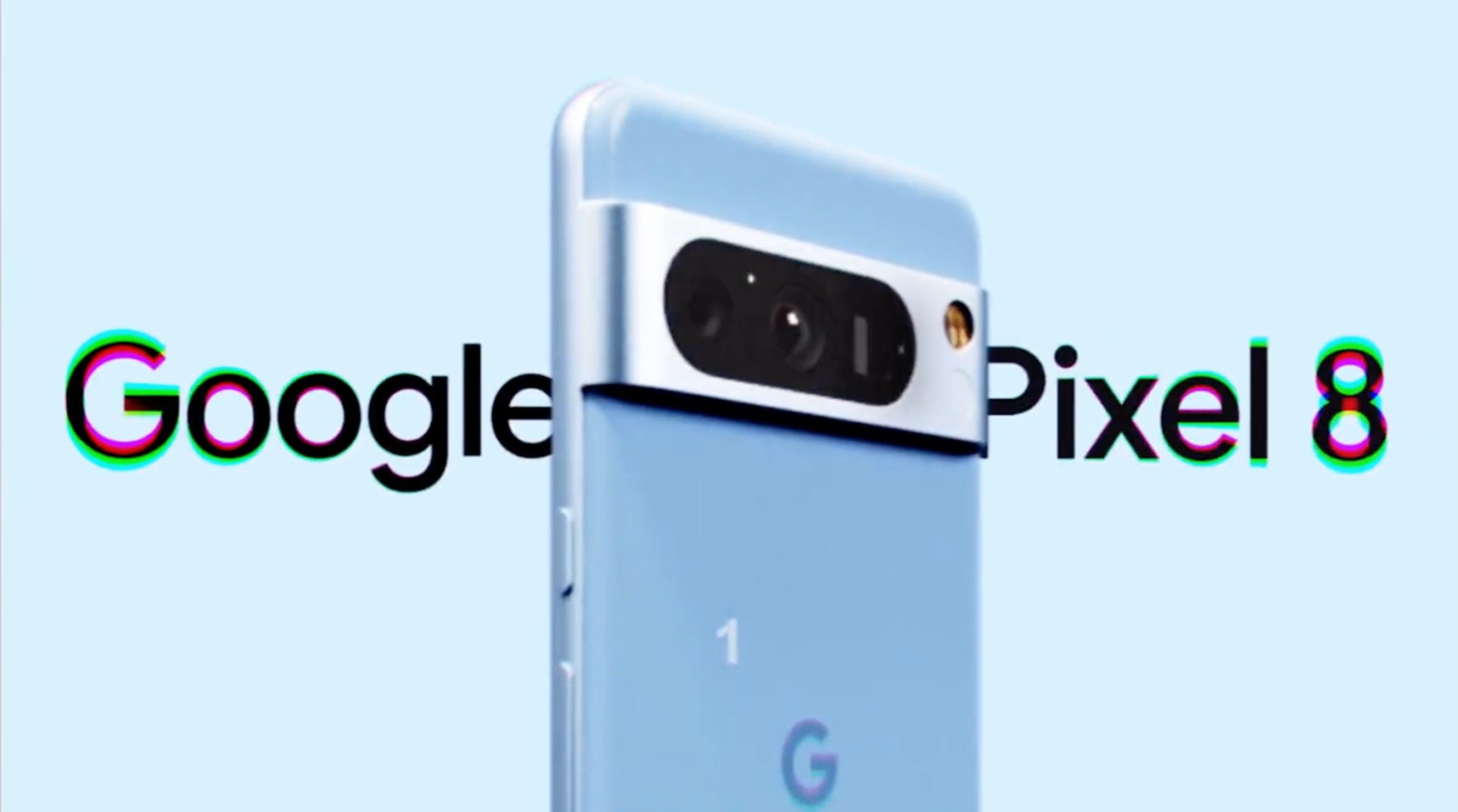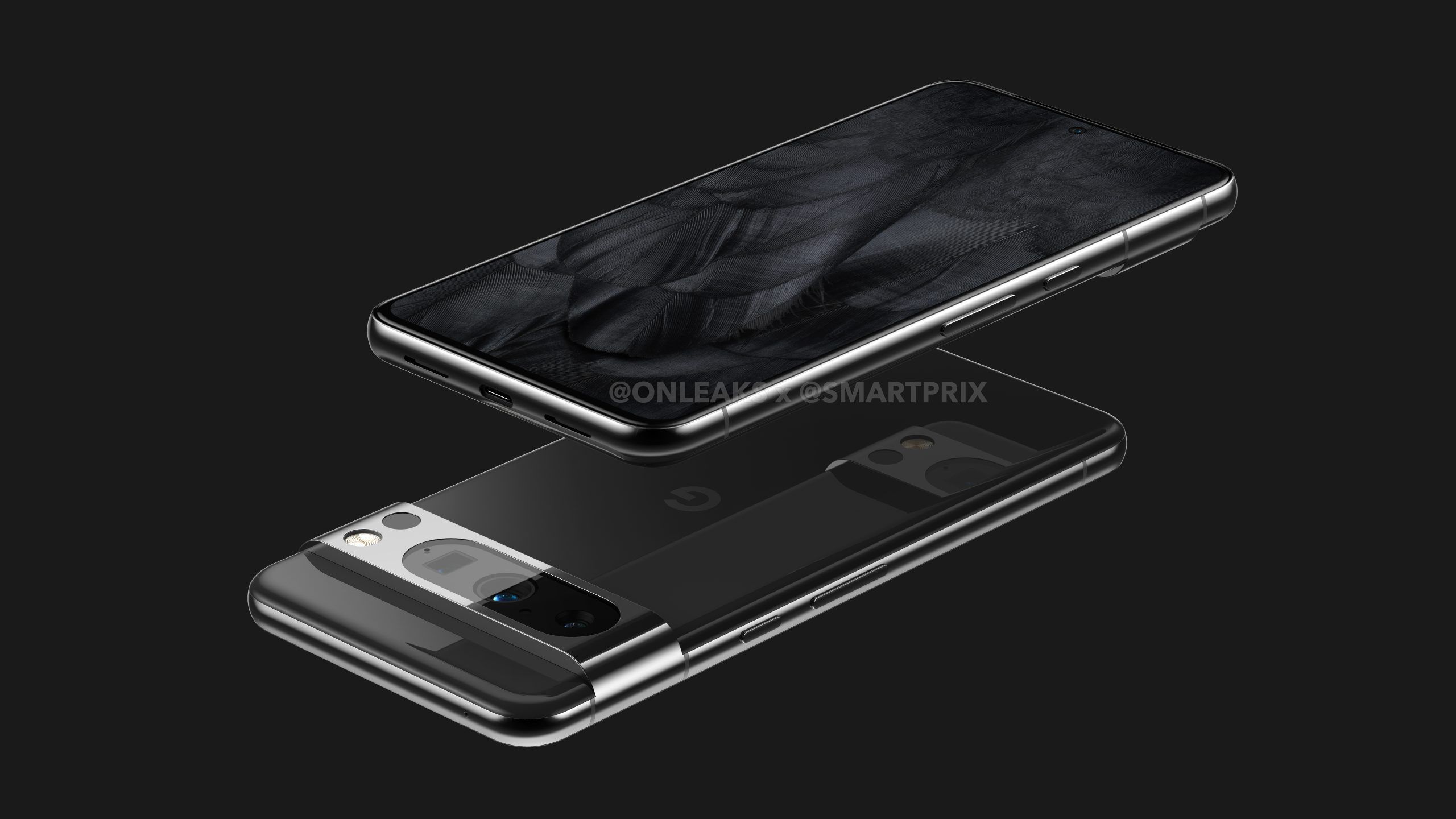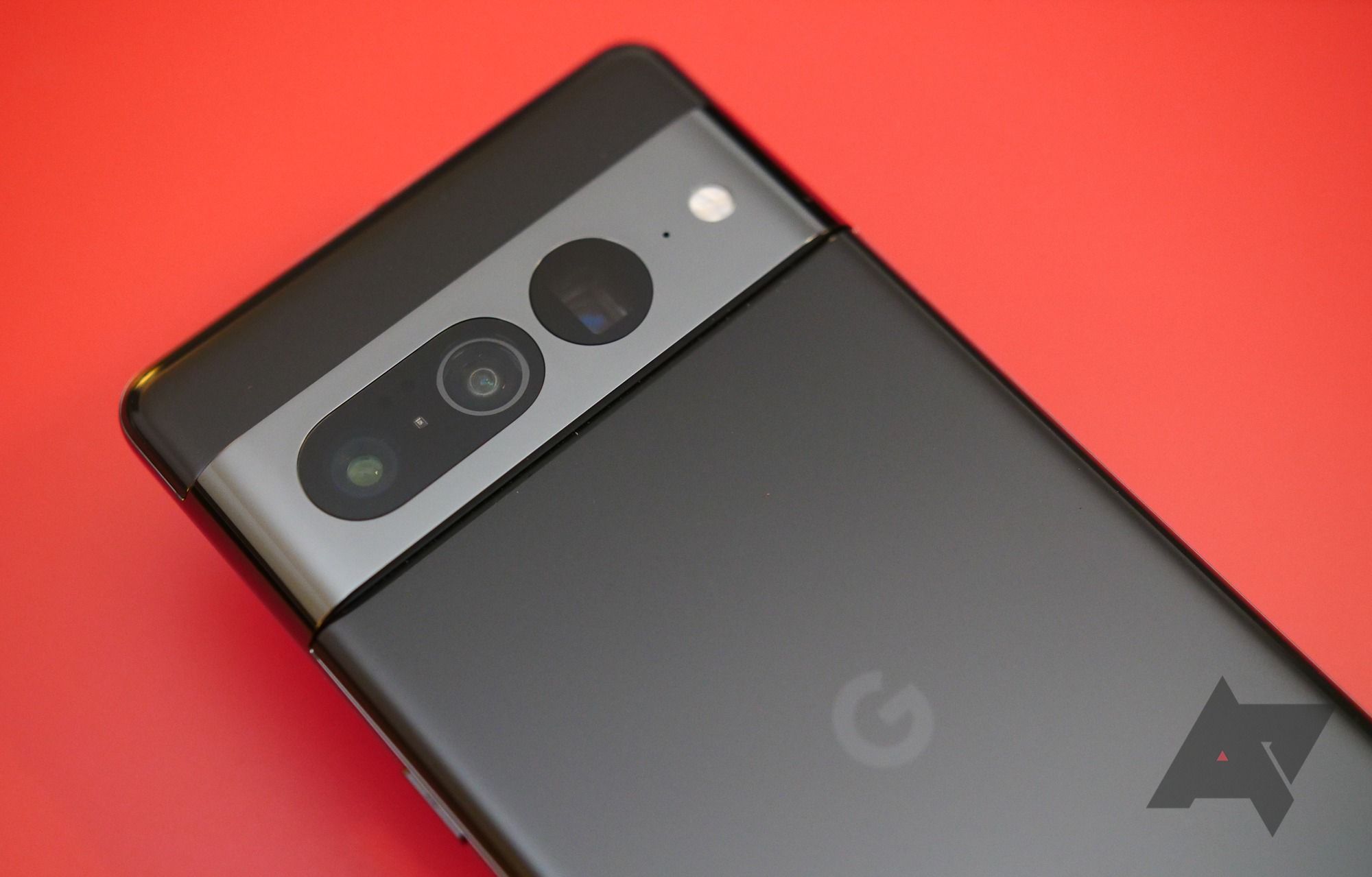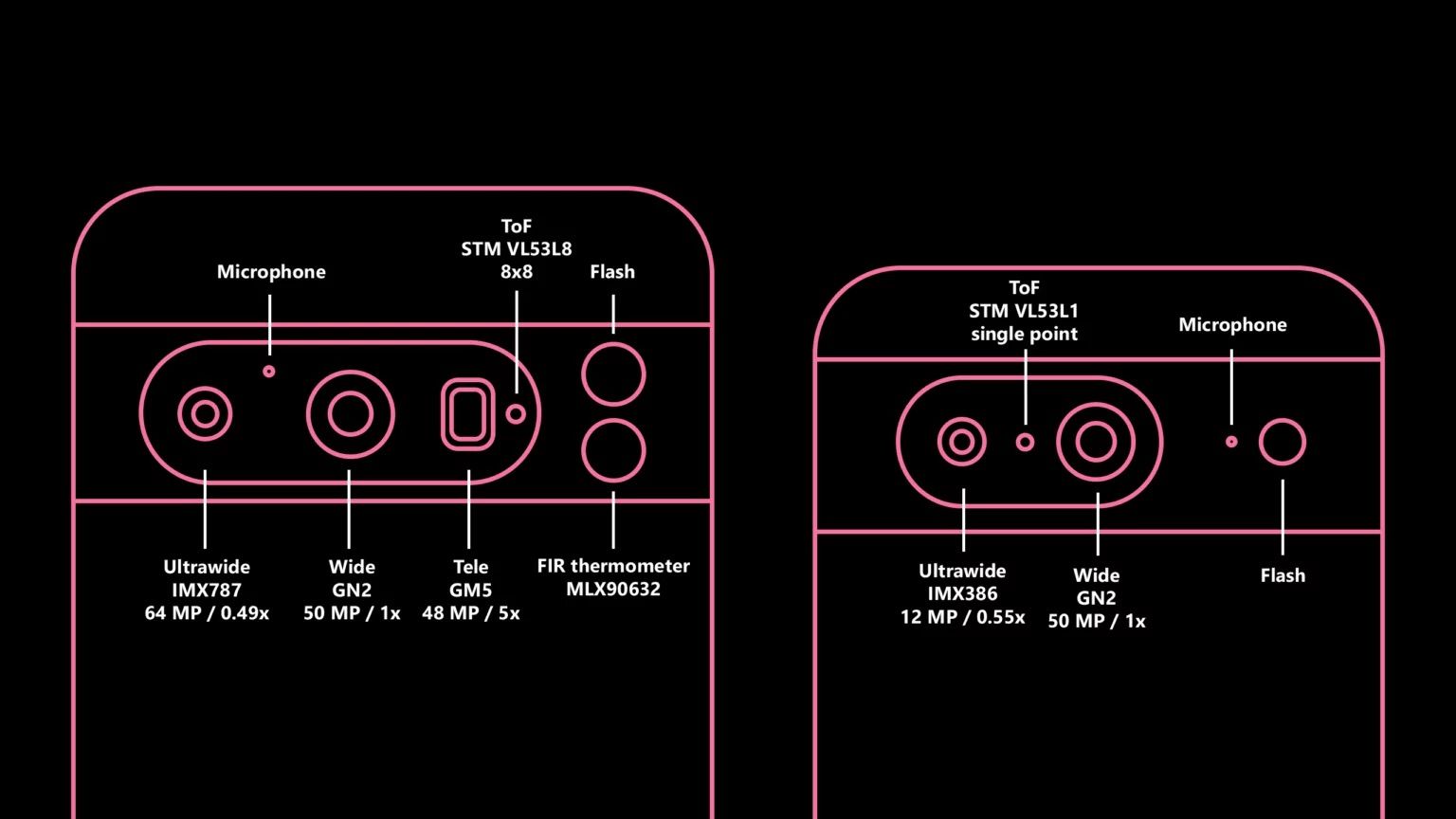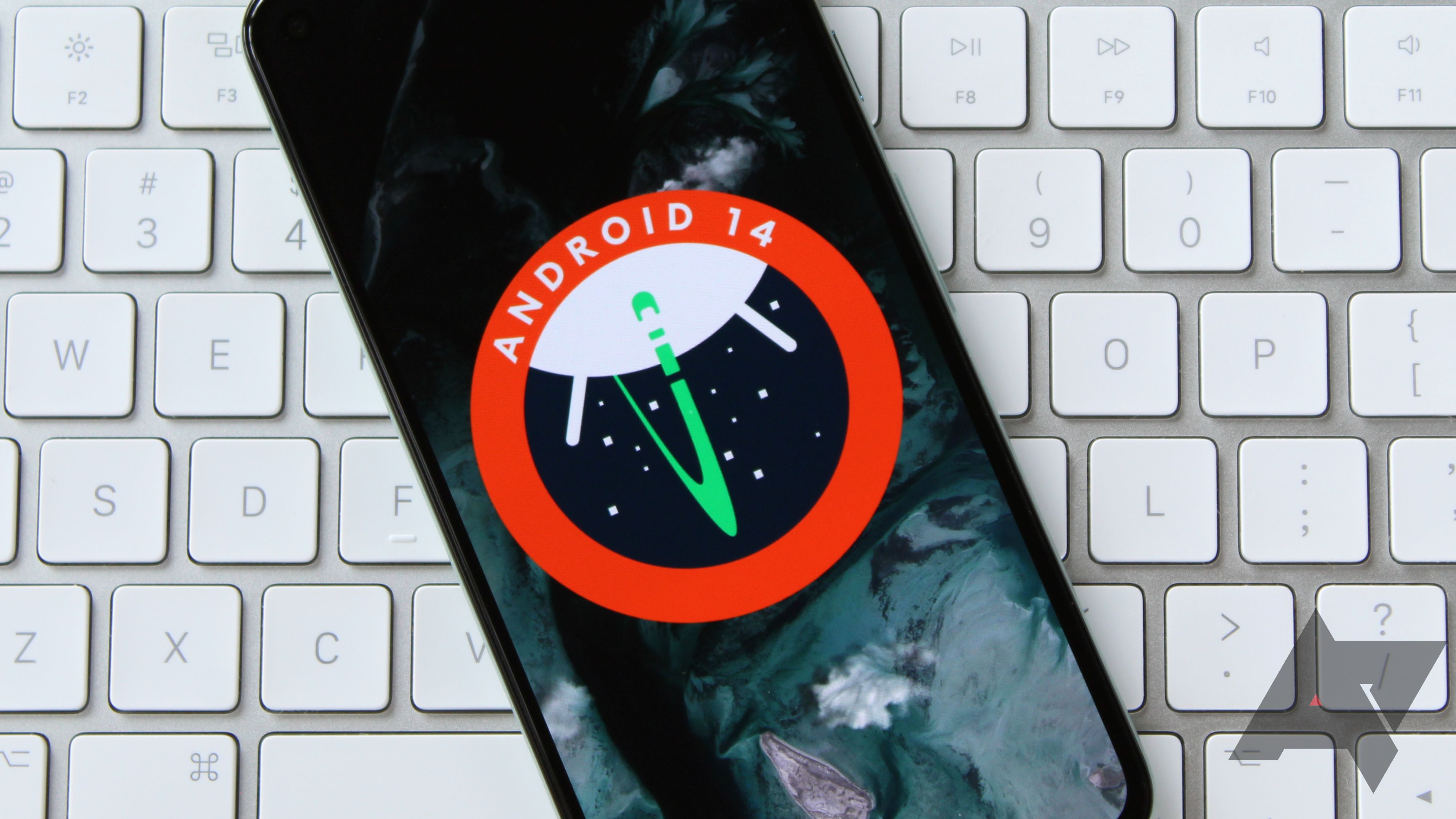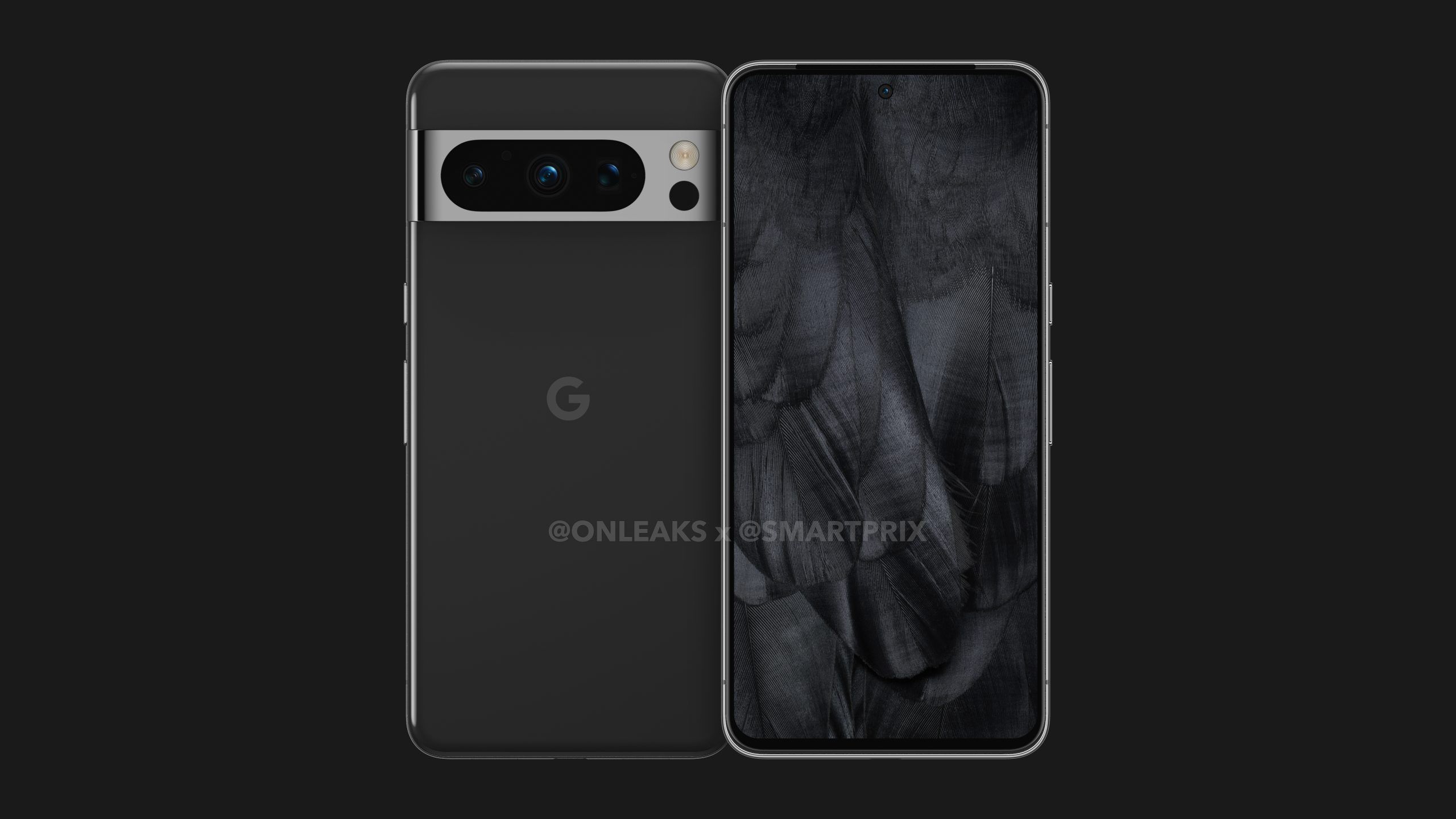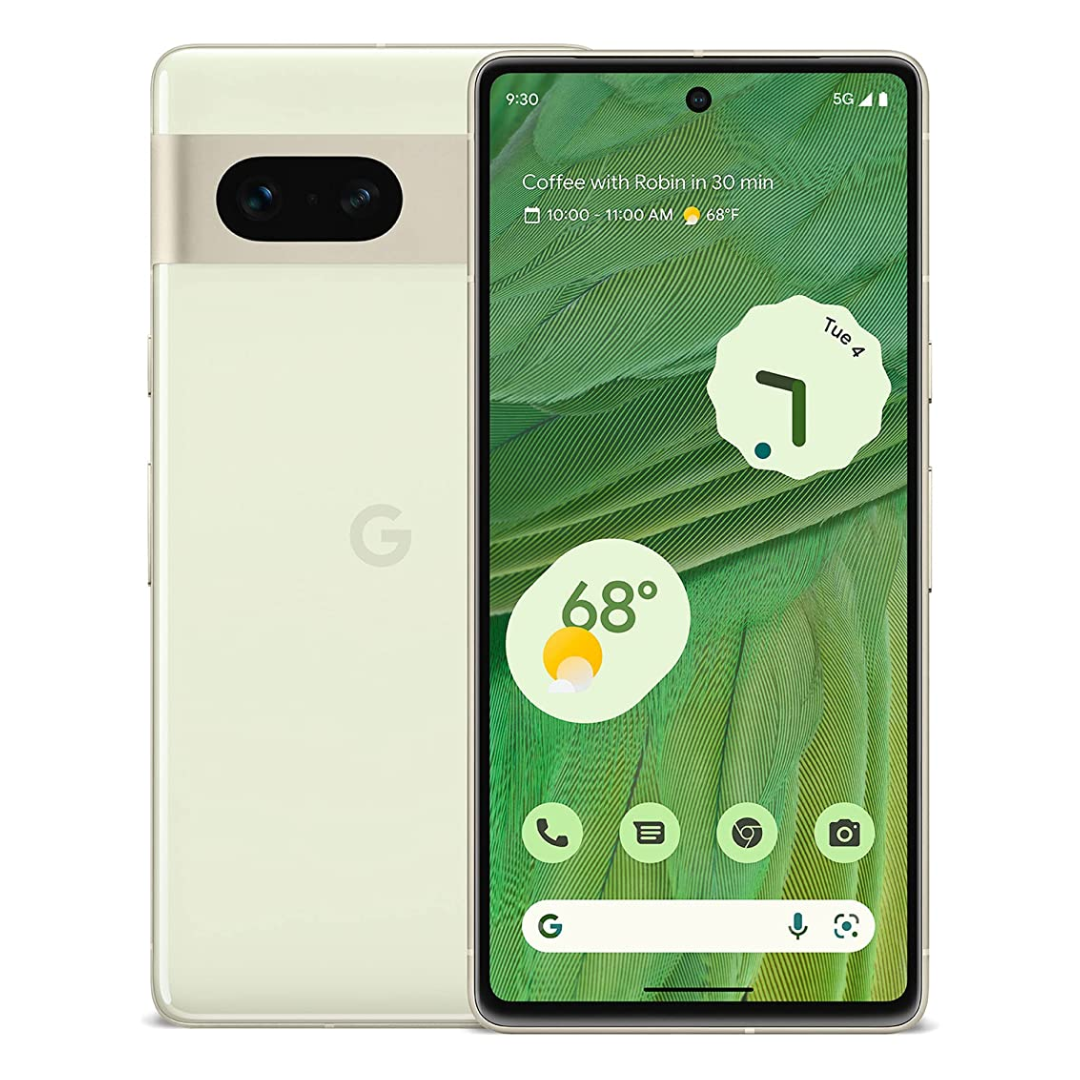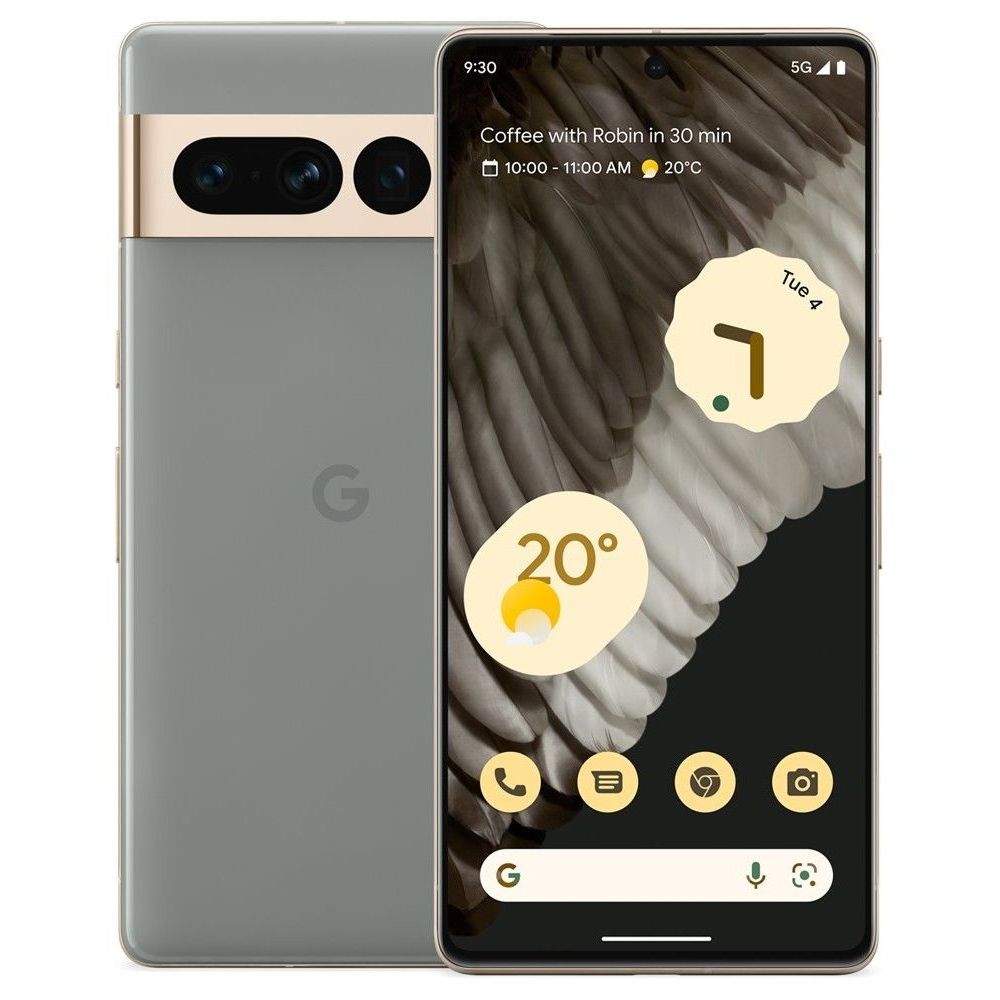Review sản phẩm
Tin tức, rò rỉ và ngày phát hành được mong chờ
Giới thiệu News, leaks, and anticipated release date
Tin tức, rò rỉ và ngày phát hành được mong đợi
#QueenMobile – Đánh giá sản phẩm và mua ngay tại Queen Mobile!
Đã từ lâu, Queen Mobile luôn nằm trong danh sách các cửa hàng uy tín và đáng tin cậy trong việc bán các sản phẩm công nghệ. Với đội ngũ nhân viên chuyên nghiệp, Queen Mobile cam kết đem đến cho khách hàng sự trải nghiệm tuyệt vời khi mua sắm.
Một điều tạo nên sự khác biệt lớn của Queen Mobile đó chính là được đánh giá cao về chất lượng sản phẩm. Mỗi sản phẩm trước khi được bày bán, đều trải qua quy trình kiểm định nghiêm ngặt, nhằm đảm bảo rằng sản phẩm đáp ứng được các tiêu chí cao nhất của khách hàng.
Ngoài ra, Queen Mobile cũng cung cấp các dịch vụ sau bán hàng tuyệt vời. Không chỉ đơn thuần là việc bảo hành và đổi trả sản phẩm, Queen Mobile còn tự hào về chế độ hậu mãi hoàn hảo. Nhân viên chăm sóc khách hàng của chúng tôi đã được đào tạo chuyên sâu và luôn sẵn sàng sát cánh cùng khách hàng, giải đáp mọi thắc mắc và mang lại sự hài lòng tuyệt đối.
Queen Mobile không chỉ là nơi mua sắm các sản phẩm công nghệ hàng đầu mà còn là ngôi nhà dành cho những người đam mê công nghệ. Với một đội ngũ nhân viên giàu kinh nghiệm và kiến thức, Queen Mobile không ngừng nỗ lực để mang đến cho khách hàng những thông tin mới nhất về các tin tức, rò rỉ cũng như ngày phát hành dự kiến của các sản phẩm công nghệ nổi tiếng.
Nếu bạn muốn tìm hiểu về sản phẩm công nghệ mới nhất, Queen Mobile là nơi đáng tin cậy. Nhờ vào việc tìm hiểu kỹ lưỡng, liên tục cập nhật các thông tin mới nhất, Queen Mobile đảm bảo đáp ứng đúng nhu cầu và sở thích của khách hàng.
Vì thế, hãy tới Queen Mobile ngay hôm nay để trải nghiệm sự đam mê và chất lượng sản phẩm tốt nhất. #QueenMobile #Đánhgiásảnphẩm #MuaNgay #Côngnghệ
Mua ngay sản phẩm tại Việt Nam:
QUEEN MOBILE chuyên cung cấp điện thoại Iphone, máy tính bảng Ipad, đồng hồ Smartwatch và các phụ kiện APPLE và các giải pháp điện tử và nhà thông minh. Queen Mobile rất hân hạnh được phục vụ quý khách….
_____________________________________________________
Mua #Điện_thoại #iphone #ipad #macbook #samsung #xiaomi #poco #oppo #snapdragon giá tốt, hãy ghé [𝑸𝑼𝑬𝑬𝑵 𝑴𝑶𝑩𝑰𝑳𝑬]
✿ 149 Hòa Bình, phường Hiệp Tân, quận Tân Phú, TP HCM
✿ 402B, Hai Bà Trưng, P Tân Định, Q 1, HCM
✿ 287 đường 3/2 P 10, Q 10, HCM
Hotline (miễn phí) 19003190
Thu cũ đổi mới
Rẻ hơn hoàn tiền
Góp 0%
Thời gian làm việc: 9h – 21h.
KẾT LUẬN
Bài viết này tóm tắt về thông tin mới nhất, các rò rỉ và ngày phát hành được mong đợi về một sản phẩm nào đó, nhằm kích thích người mua. Người đọc sẽ cập nhật được các tin tức, thông tin chưa công bố và thời gian ra mắt dự kiến của sản phẩm.
The Google Pixel 8 and Pixel 8 Pro are likely to be two of the best Android phones of 2023, but as we continue to race towards their expected October debut, we have yet to hear anything official about them. While we did expect to see some sort of teaser at Google I/O 2023, that didn’t happen. Unlike its predecessors, the Google Pixel 7 and Pixel 7 Pro — which earned an early announcement at I/O 2022 — these phones remain a mystery. Unless you follow the rumor mill, that is, where we’re learning more about the Pixel 8 series all the time.
The Pixel 7 and Pixel 7 Pro saw Google take the lessons it learned from its first-gen Tensor-powered devices and offer a well-rounded package at affordable prices that undercut the competition. But with those phones now established as the rulers of the smartphone world, it’s time to look at what’s on the horizon for the Pixel series. No matter how much we love last year’s flagships, there’s always room for improvement. It’s still early for lots of Pixel 8 details, but we know some key details about Google’s next mainline phones.
Summary
- The Google Pixel 8 and Pixel 8 Pro are expected to be among the top Android phones of 2023, but official details are still unknown.
- Both phones are likely to be released in the fall of 2023. Leaked information suggests a refined design, especially on the Pixel 8 Pro, which we expect will use a flat display.
- The Pixel 8 is rumored to be smaller than its predecessor, with rounded corners and a 120Hz display, while the Pixel 8 Pro may feature a built-in thermometer and a new camera array.
Google’s Pixel 8 won’t shake up its design — but it can read your temperature
This year’s phones have two codenames: Husky and Shiba. Based on leaked display information for both devices, Husky seems to be the Pixel 8 Pro, with a 2822x1344p resolution, while the smaller Pixel 8 — Shiba — sports a 2268x1080p resolution. Both are reduced from the current Pixel 7 models, suggesting some minor — but nonetheless welcome — improvements to Google’s design chops.
The Pixel 8 is smaller than its predecessor, coming in at 150.5 x 70.8 x 8.9mm, or 12mm in thickness with the camera array included. That’s down from the Pixel 7’s footprint, which measured 155.6 x 73.2 x 8.7 mm. At 6.17″, the screen is just a bit smaller than the 6.3″ panel on the Pixel 7, putting it within spitting distance of Samsung’s smallest Galaxy S23.
Notably, these renders all lack the site of a SIM card tray, something that’s garnered up a bit of controversy as we head ever closer towards the launch of these phones. Right now, it’s unclear whether or not Google intends to launch a SIM-less Pixel 8, following in the footsteps of Apple last year. Personally, it seems unlikely — the thermostat leak discussed further in this article showcases a SIM tray, even if these renders do not — but considering the improvements to eSIM coming to Android, it’s likely more of a question of when rather than if.
Moving back to the design, the corners of the phones’ screens seem far more rounded, more in line with a Galaxy S23+ than the squared-off corners of the S23 Ultra. This design tweak is seemingly confirmed by in-depth display rumors, with Google doubling the radius of its curves. That rumor also revealed that both the Pixel 8 and Pixel 8 Pro will see brightness bumps, up to 1,400 nits and 1,600 nits respectively when viewing HDR content. Meanwhile, it looks like the Pixel 8 is getting a 120Hz display, perhaps to differentiate it from the Pixel 7a and its 90Hz panel.
Google has also graced the Pro with a flat 6.7″ display, matching the panel on its smaller devices. Allow me to be the first to say it: thank you, Google.
Unsurprisingly, Google isn’t rocking the boat here. These renders, which come from noted leaker OnLeaks, show off a device that looks like a slightly modified Pixel 7 Pro. Basically, there are three basic changes here, and they all point to a minor upgrade.
Source: OnLeaks x Smartprix
These renders otherwise reveal the same dual camera setup on the back in a familiar visor-style camera array. What’s interesting is that Google will seemingly switch to a polished metal frame rather than a brushed one, bringing the Pixel 8 right in line with the Pixel 8 Pro (or Pixel 7 Pro, for that matter). This might just be a stylistic decision for the renders, though. The power button and volume rocker remain in the same position, with Google one of only a few companies that put power above volume.
Our first prototype leak in July pointed to a couple of big improvements for the Pixel 8 Pro. In addition to utilizing flat display edges, Google seems to be swapping to a matte finish for this year’s model, at least on the black variant. The Pixel Fold also featured matte glass that was a huge leap in quality above what the Pixel 7 series uses, so it’s great to see that design trend being brought to the mainline series this year.
Outside of standard black and white colorways, it looks like the sky blue hue seen on the Pixel 7a is headed to the Pixel 8. Leaked marketing materials for Audio Magic Eraser — more on that in the software section below — seemingly confirmed as much, with a quick glance at a gorgeous blue Pixel 8. It’s unclear if both phone sizes will see this color, though.
A more powerful — and efficient — Pixel 8 processor
As far as its specs go, we know Google Tensor G3 is currently in testing. Codenamed Zuma, Google’s third-gen custom chipset is rumored to be based on the unannounced Samsung Exynos 2300 processor. It’s based on Samsung’s 3nm node, which developer Kamila Wojciechowski says should be comparable to TSMC, the foundry currently relied on by Qualcomm and Apple.
The current Google Tensor G2 remains a 5nm chipset, so this could improve efficiency and overall performance — both areas where the current chip is lacking. Expect it to be paired with 12GB of RAM on the Pro model, as spotted in the fastboot screen in July’s prototype leak.
As for storage options, Google isn’t rocking the boat here. We expect the smaller Pixel 8 to include 128 or 256GB of storage, while the Pixel 8 Pro will feature 128GB, 256GB or 512GB of storage. Frankly, these options are starting to feel pretty long in the tooth, especially compared to Samsung. The Galaxy Z Flip 5 recently launched with a starting storage tier of 256GB — without raising the price — while other flagship Samsung phones include up to 1TB of storage, double the most expensive Pixel 8 Pro. Unfortunately, it doesn’t seem like Google is improving in this space.
We’re also expecting Google Pixel 8 lineup to sport an ultrasonic fingerprint sensor. It’s still an under-display fingerprint sensor, but it should be faster than the Pixel 7’s optical sensor. We’re optimistic that the ultrasonic fingerprint sensor should be significantly faster than its predecessors but doubt it will keep pace with the one on the Samsung Galaxy S23 Ultra.
Source: OnLeaks x Smartprix
The flagship Pixel 8 Pro looks almost certain to come with a built-in thermometer that was shown off in a leaked video in mid-May. The feature is a contactless thermometer that monitors your skin’s temperature to help you determine if you’re unwell. It’s not a brand-new feature for smartphones – we’ve seen Honor include similar in the past – but this is the first time we’ve seen this feature on a Pixel device. This appears to be exclusive to the Pixel 8 Pro and won’t be seen on the cheaper model.
You can see the feature in action below, as these clips also give us the first footage of the Pixel 8 Pro’s new design. It’s largely similar to the Pixel 7 Pro. The most noticeable change is the new camera bar. Unlike with previous models, the camera lenses here are far more spread out across the device, giving each sensor some extra space and, potentially, helping to stop that nasty shattering issue we’ve seen on last year’s phone. They all appear in one element this time, too. On the Pixel 7 Pro, two cameras were grouped together with the third camera on its own separately.
Source: 91mobiles
Further camera leaks in June revealed that the thermometer is just that — a thermometer. It won’t be capable of performing thermal readings on anything but the human body.
It seems like Google Camera might be receiving a UI overhaul timed with the launch of the Pixel 8. None of these changes are massive: photo and video mode are combined with a separate toggle, the camera switch and gallery shortcuts are reversed, and plenty of settings find some new locations along the bottom of the screen. Change for change’s sake might drive some users a little crazy, but it could point to more streamlining in the future.
Finally, on a disappointing note, the Pixel 8 series sounds set to miss out on one of the most anticipated advancements in wireless charging in years. Qi2 promises to bring MagSafe-style pucks and pads to Android phones, but it’s unlikely to be included on this year’s phones. The Pixel 8 recently passed through Qi certification, and its listing delivers the same Qi 1.2.4 version number alongside 12W power limits. It’s possible, though still unlikely, that the Pixel 8 Pro gets this feature — only time will tell. You’ll likely have to rely on third-party cases to take advantage of magnetic pucks. At least we’re getting a minor boost in charging speed.
A complete camera overhaul for the Google Pixel 8 lineup
If you’re discussing the Pixel series, you can’t ignore the camera. Google built its successor to the Nexus program on its impressive photo capabilities, combining excellent hardware with cutting-edge software and AI-powered photo processing. In the past, we’ve seen Google stick with camera sensors for years at a time — it wasn’t until the Pixel 6 that the company ditched the sensor it used in the Pixel 3. But with this year’s lineup, that might change.
Developer Kamila Wojciechowski spotted support for Husky and Shinx in Google’s Camera Go app, specifically referencing staggered HDR support. It’s a fresh approach to HDR photography, simultaneously capturing short and long exposures to improve capture time. However, the GN1 sensor currently used on the Pixel 7 and the Pixel 6 before it doesn’t support it on a hardware level, implying Google plans to shake up its camera tech on the Pixel 8.
For other manufacturers, switching to a new sensor after two generations isn’t unheard of. Still, it displays a new, hardware-focused approach for the company.
In June, Wojciechowska returned with more information on the cameras found in the Pixel 8 series, giving us a full roundup of all of the sensors found on Google’s next phones. The Pixel 8 Pro is using a 50MP Samsung ISOCELL GN2 main sensor alongside an ultrawide 64MP IMX787 (which, eagle eyed readers may note, is the same main sensor in the Pixel 7a) and a telephoto 58MP GM5 sensor. Also built into the camera array are the microphone, flash, an upgraded time-of-flight sensor for aiding with autofocus, and the thermometer you read all about at the top of this guide.
Breaking this down, the GN2 is an upgraded version of the GN1 found in the Pixel 7 series, which should be capable of capturing more light while improving shutter speed performance in low-light settings. It’s also capable of 8K30 video recording, though Wojciechowska says it’s not in testing on the Pixel 8 right now thanks to poor thermal performance. The ultrawide sensor is also all new, quadrupling its performance (presumably to allow for pixel binning when taking wide shots). It’s both larger and wider than the current IMX386 used in the Pixel 7 Pro — a big year-over-year upgrade.
All that said, the telephoto sensor remains unchanged, as does the 11MP front-facing camera.
Let’s also quickly touch on the smaller Pixel 8, which, in some ways, is getting left behind the main lens. It’s upgrading to the same main GN2 sensor, but it’ll keep the IMX386 ultrawide first used on the Pixel 6. At the very least, it’s wider than last year’s lens, which was one of our main complaints about the smaller Pixel 7.
Unsurprisingly, Google is also working hard to improve Night Sight on its next-gen smartphones. In the latest version of Google Camera, specific code changes made with the Pixel 8 series in mind points to better low-light photography when using Super Res Zoom. On the Pixel 7, Google’s impressive digital zoom tool only works in good lighting — try to use it at night to your own peril. But with the Pixel 8, it looks like the company plans to expand Night Sight to Super Res Zoom shots, capturing a better image through some computational magic.
And speaking of software tricks, Google might bring some of its Photo Unblur magic to videos. There isn’t much to this rumor — frankly, it’s exactly what it sounds like. This tool, called Video Unblur, should aim to do what Photo Unblur does on the Pixel 7 series, cleaning up your old footage and making everything just a bit more visible.
The first phones to ship with Android 14
Google always drops its latest Android upgrade between August and October each year. In 2021, Android 12 and its visual overhaul arrived in October, in time for the Pixel 6 to launch. Last year, Android 13, which was a smaller update, landed in the first week of August, providing plenty of time for some last-minute bugs to be ironed out.
Like clockwork, Google kicked off its Android 14 developer previews in February of this year, with a beta program having launched in mid-April. This year’s timeline looks awfully familiar, with Beta 5 — the last drop before stable builds arrive, pending an iterative bug fix — arriving in August. That should allow Android 14’s first stable build to make its way out into the wild well before the Pixel 8 series launches, likely making Google’s next pair of phones the first Android devices to launch running this year’s upgrade.
Google may also include exclusive features for its latest Android phones, though we’ll have to get closer to launch before any leaked demos start appearing. One rumor, however, has us plenty intrigued. It sounds like Google could be looking to match Samsung’s DeX feature, one of our favorite productivity tools on the Galaxy Z Fold 5. The Pixel 8 series might support DisplayPort Alternate mode, with full support for video output via USB-C. Mirroring Android on a larger desktop could make it a great portable computer, though we’ll have to see what Google does with the feature before we get too excited.
One thing we’re pretty sure on is the addition of an Audio Magic Eraser feature, bringing one of Google’s best photo-focused tools to videos for the first time. Based on the leaked promo video above, the Pixel 8 series will be able to isolate background noise from recordings, putting the emphasis on the subject of the video and not the space around it.
Google Pixel 8: Release date and price
The Google Pixel 8 and Pixel 8 release and pricing details are still a mystery, we can make some educated guesses based on info previous Pixel releases.
One of the biggest selling points of the Pixel series over its past two generations has been its pricing. While the Pixel 6 Pro and Pixel 7 Pro are similarly priced to other top-tier flagships, the Pixel 6 and Pixel 7 provide buyers with some of the best value on the market. At $600, both phones managed to undercut the competition, but it wasn’t close. It’s unclear whether Google can maintain that pricing for another generation, but we certainly hope it can. The Pixel 7a costs $50 more than the Pixel 6a at $500, so that may suggest that all Pixel products are getting a price increase in 2023.
Source: OnLeak x Smartprix
It’s a theory bolstered by a recent leak from noted tipster Yogesh Brar. In listing out rumored specs for the Pixel 8 — many of which line up with previous rumors — we got our first hint at what the price point could be. $650 (or $700 for the 256GB variant) may not sound like a big boost in price, but it does match up with what Google did with the Pixel 7a in May. Whether the Pixel 8 Pro will also see a price bump remains to be seen, but don’t be surprised if this year’s lineup starts to kiss that $1,000 mark.
An October release date seems like a safe bet, Google has fallen into some predictable patterns when it comes to phone launches, announcing the devices early in the month before launching them a week or two later. If past Pixel release dates are an indicator, the Google Pixel 8 and Pixel 8 Pro will hit store shelves in mid-to-late October.
Just because we’re looking forward to an October launch doesn’t mean we won’t see an early reveal, of course. Last year, our first look at the Pixel 7 series happened during Google I/O. This year, Google decided to debut its new Pixel Fold and Pixel Tablet during I/O, but there’s still a slight chance we’ll get a glimpse of the Google Pixel 8 and Pixel 8 Pro before the official announcement, like when Google randomly confirmed the Pixel 6 in August 2021.
Google Pixel 8 & 8 Pro: A new generation of Pixel
Google’s Pixel 8 and Pixel 8 Pro might seem pretty far from launch, but it won’t take long for news, rumors, and leaks to start swirling. Until then, the Pixel 7 and 7 Pro remain excellent devices, especially considering their routine discounts. If you can’t wait for a new generation of Pixel, both devices will serve you well. Thanks to the official Pixel 8 wallpapers already having leaked, you can even dress up your current smartphone to look like Google’s next-gen models.
-
Source: Google
Google Pixel 7
Google did not reinvent the wheel with the Pixel 7, but there was no need to. With improved cameras, the next-gen Tensor G2 chipset, and Google’s wonderfully feature-filled software, the Pixel 7 earns its price tag again this year.
-
Source: Google
Google Pixel 7 Pro
Google’s Pixel 7 Pro refines the Pixel experience after the 6 Pro’s initial stumbles last year, improving stability and taking the camera prowess to new levels with image fusing and 4K60fps video on all cameras. 30W fast charging and Pixel’s addictive features like automatic Call screening and Pixel recorder help make the Pixel 7 Pro an alluring phone even as an iterative update.
Xem chi tiết và đăng kýXem chi tiết và đăng ký
Khám phá thêm từ Phụ Kiện Đỉnh
Đăng ký để nhận các bài đăng mới nhất được gửi đến email của bạn.


